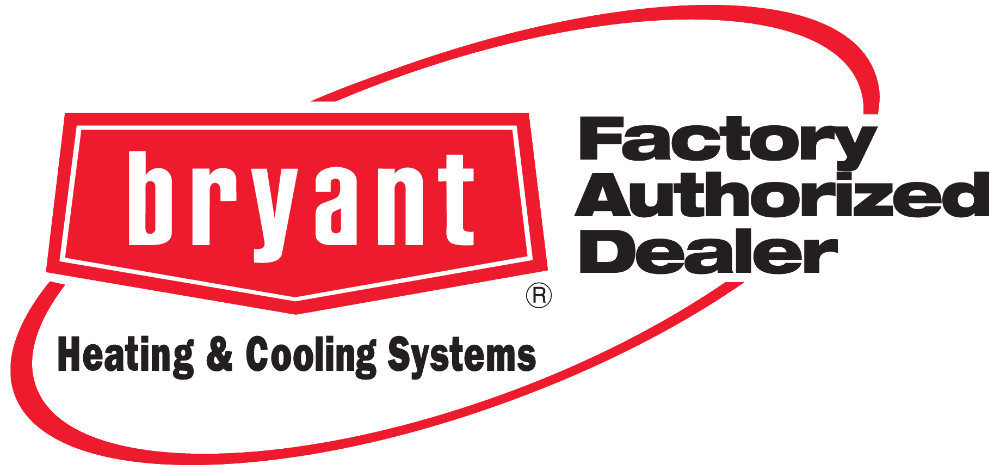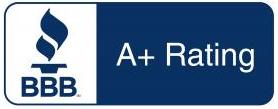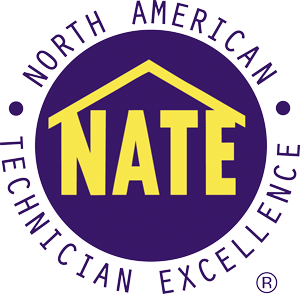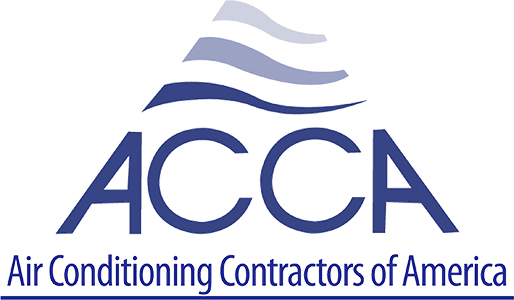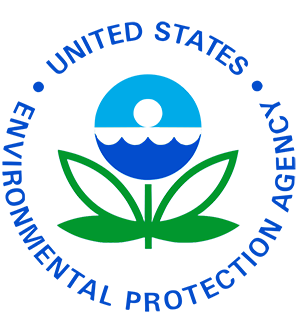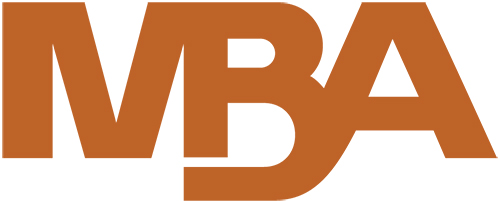Last month, we started to explore issues around the bad, mysterious smells that sometimes haunt our homes, by looking at some Mold and Mildew issues. As I mentioned, I think there are four principal conditions that promote mold and mildew growth the most…and last month I talked about the first two.
- Moisture – both ‘in the air’ and leaks -water intrusions- anytime, anywhere.
- Poor Ventilation/stale or ‘trapped’ air.
This month I’ll explore two other conditions I’ve found important regarding molds and mildew, and related testing and remediation …
- Darkness / Low Light conditions.
- Temperature.
Darkness / Low Light conditions
If you suspect/smell a mold or mildew problem, and you know there is no water leaking into any area that shouldn’t, and you know you have good ventilation above, below and throughout the unit, the next best thing to explore is dark/low-light areas.
Be sure to check thoroughly and eliminate any areas that are covered-up, shut away, or not used very much on a daily basis. Of course, it’s true that those areas can also have high moisture, leaks and/or low ventilation found when those things are explored, but still it’s good to consider and search out the darker areas. Some examples may be…
- Inside closed off, unused closets, under piles, boxes and next to walls.
- Anywhere in attics and crawlspaces.
- Under piles of laundry room and garage junk or under piles of clothes that sit for weeks/months without ‘seeing the light of day’.
- Behind things that are sitting/leaning next to walls or partitions for weeks/months, anywhere in the unit.
- Exterior walls that are on the north side of the building and/or that are shaded all day long by trees or by close proximity to other buildings/structures.
Temperature
As mentioned last month, certain temperature conditions do not always cause mold or mildew growth, but all temperatures do have their own molds and mildews that like them. So, it turns out the old adage ‘moderation in everything’ can apply here too. Regardless of how often an area is used, a moderate temperature is best; not too cool and not too hot. We usually recommend between 68° and 72°F as a good temperature window to target. My experience with my clients is that, trying to ‘save’ money by keeping a room or a building too cool, often backfires with things like mildew growth and freezing pipes.
Testing for Molds and Mildew
Of course, when considering the issues around mold and mildew in our units, we need to be careful of and carefully address what is often called black mold, (Stachybotrys). This family of toxic intruders can take hold and start to grow in less than 24-hrs if the conditions are right. Contrary to lots of things we’ve heard or read, all Mold and Mildew often cannot be eradicated by simply applying elbow-grease and bleach. These are living organisms, and they are pervasive and if not handled carefully and thoroughly can often return again and again to contaminate the indoor air in our properties.
That’s why whenever they are suspected, I recommend calling in a professional to do thorough sampling and testing, and to make a remediation recommendation. In our area, a basic site survey of a home with necessary testing will often cost between $300 to $500. When you take care of the remediations recommended – whether by them or ‘in-house’ if practical and recommended – you can be assured that things have been handled safely and professionally, and that your family is breathing and living in clean, safe indoor air.
So, that about covers the basics I like to consider when a mystery smell causes us to suspect a mold or mildew problem. As mentioned in the 1st article, there are many other things that can cause these mystery smells that plague us occasionally, and we’ll look as some of them next month. Until then, I’m hoping you and your family remain safe and healthy.
Bruce Davis, Sr.
Licensed Journeyman Plumber Licensed Electrician, HVAC/R Electrical Administrator, HVAC/R
Certified WA State C.E.U. Instructor
Bruce Sr is President of Day & Nite Plumbing & Heating, a 65+ year old family owned and operated plumbing and heating business in Lynnwood, Washington. Bruce can be contacted at: Email: Bruce@dayandnite.net
Day & Nite Plumbing & Heating Inc. 16614 13th Ave. W. Lynnwood, WA 98037 800-972-7000, Office 425-766-1128

